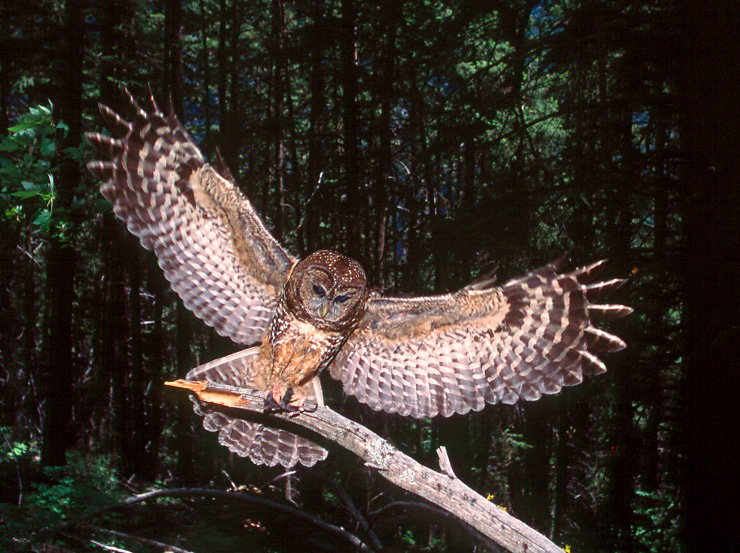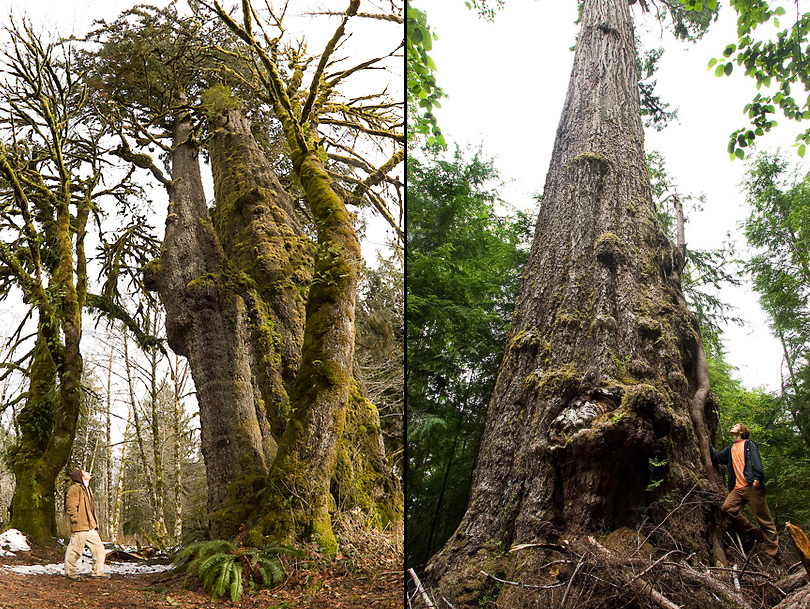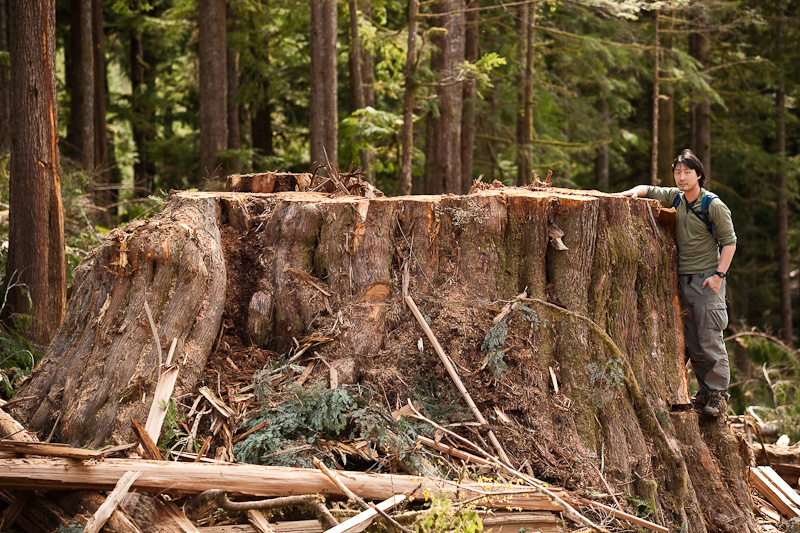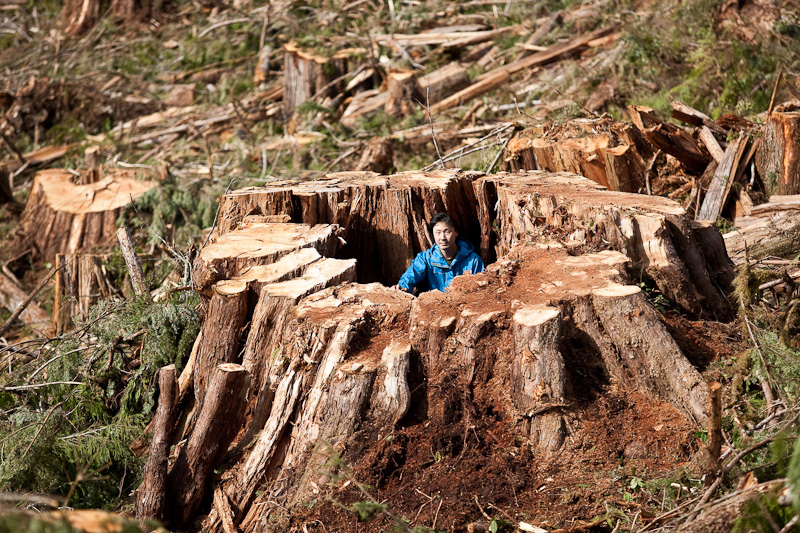
B.C. needs endangered species legislation
Super, natural British Columbia is awesome, with more than 4,373 known forms of life. At more than double the size of the state of California, B.C. is breathtaking.
BC Government considers protecting "Avatar Grove"
"Certainly we have been hearing the message for some time from different organizations that we should be considering some tools, perhaps new tools that we could use when particularly unique trees are identified. They may be individual tees or small areas like the Avatar Grove that provide incremental value over and above the timber resource value," Bell said.
Times Colonist – Thumbs Up To the Forest Practices Board
Voluntary efforts by forest companies answerable to shareholders aren't enough, but the report is a start toward real protection for trees with historic significance every bit as real as ancient ruins.
BC Government considers protecting the Avatar Grove and Ancient Trees
Forests Minister Pat Bell’s statements comes on the heels of a new
Forest Practices Board report released on Thursday that calls on the
BC government and industry to seek “creative ways” to save ancient
trees, that the land-use policy framework exists for the BC government
to readily protect the Avatar Grove
Group Optimistic About Government Considering Protection of Old Growth Forests
The forest practices board made a recommendation that BC should find creative ways to protect monumental trees and ancient forest stands. This is the government's watchdog. They appointed the body to review forestry in BC and now their own watchdog is saying we need to move farther to save our old growth forests

Naturalists set to meet Island forests
This spectacular and informative slide show and talk by TJ Watt of the Ancient Forest Alliance will be at 7:30 p.m. on Tuesday, Feb. 15, at the Freshwater EcoCentre in Duncan.
Forests minister to protect ancient trees
The minister's acknowledgment that more needs to be done to protect monumental trees is not exactly a revelation. Environmental groups, particularly the Ancient Forest Alliance and the Wilderness Committee have been pushing for it for years.

Companies urged to conserve ancient trees
"This complaint highlights the strong public interest in seeing more ancient trees and forest stands preserved to live out their natural lives and functions, and managed as a social, economic and ecological asset to the public and surrounding communities," said board chair Al Gorley.

Watchdog wants big trees protected
The watchdog board investigated a complaint about massive old-growth trees being cut near Port Renfrew and concluded that, although the forest company -Teal Cedar Products Ltd. -did nothing wrong, government and forest companies should pay more attention to trees of exceptional size, form, age or historical significance.

Call for Port Renfrew Foresters not to chop down ancient trees
The Forest Practices Board (FCB) said the trees in question, cut by logging company Teal-Jones, were between 500 and 1,000 years old. Logging the trees was legal, but the board in a report released Thursday called for foresters and land managers to get “creative” about conserving trees of exceptional size, form, age or historical significance.
